What does the photographer of Omar Khawar photo say about his photo?
Genocide 03:31 PM - 2021-03-09
.
Iranian photographer Ahmed Natiqi who took the photo of Omar Khawar and his grandchild says that the child looked as if he was in a sweet dream.
Ahmed Natiqi was born in 1959 in the Iranian capital Tehran. He was one of the main photographers who captured the moments of the 8 years long Iran-Iraq war. He and his fellow photographer Sasan Muayad were in the first ranks of those photographers who took photos of the aftermath of the tragic Halabja chemical attack.
Natiqi has graduated from the Tehran Fine Arts College and is a movie director. He has about 50 years of experience in photography.
His works on the tragic chemical attack on Halabja by the fallen regime of Saddam Hussein gave him his award-winning fame. The statue of Omar Khawar that symbolizes the sacrifices that Halabja gave was built after the photo which Natiqi took.
Regarding the photo, Natiqi said: "I saw a man in Kurdish clothes lying beside a wall. He had covered his face with his Jamadani and had a small child in his arms. It was clear that not long has passed over his martyrdom. The face of the child was so beautiful and pure that he looked as if he was in a sweet dream, like a child that falls asleep after mommy breastfeeds him."
"Other photographers took his photo two days after their martyrdom. Their bodies had changed by then, so their photos were not as touching."
Ahmed Natiqi received many international awards for the famous photo of Omar Khawar.
In 2009, a photo exhibition from the photos on Natiqi took place in the same place that the chemical attack was carried out.
Ahmed Natiqi spent 2 years looking for survivors who he took photos of. He found two people from his most famous photos.
He collected the photos he took of the Halabja chemical bombardment in a book and published it in Kurdish, Persian, and English.
On March 16, 1988, the fallen regime of Saddam Hessein carried out the most heinous crime against humanity and that was bombing the Kurdish city of Halabja in the Kurdistan Region with internationally forbidden chemical weapons.
The incident was the largest chemical weapons attack directed against a civilian-populated area in history, killing over 5,000 people and injuring 7,000 to 10,000 more. Preliminary results from surveys of the affected region showed an increased rate of cancer and birth defects in the years afterward.
PUKmedia
More news
-
Media & Awareness Bureau Receives Russian CG
08:28 PM - 2024-04-18 -
PUK President: We Support Yazidis in Protecting their Rights
04:51 PM - 2024-04-17 -
DPM Talabani: Elections Must Be Held Promptly Without Further Delay
05:53 PM - 2024-04-16 -
PUK & UNAMI Emphasise Holding Timely Elections
05:28 PM - 2024-04-16
see more
Leadership Council Publishes Official Statement on Thursday’s Meeting
07:48 PM - 2024-04-18
IHEC Determines Kurdistan Parliamentary Election Campaign Date
01:37 PM - 2024-04-18
PUK President: Elections Would Develop Our Experience
05:06 PM - 2024-04-17
The 8th Sulaymaniyah Forum Takes Place Today
10:33 AM - 2024-04-17
Most read
-
IHEC Determines Kurdistan Parliamentary Election Campaign Date
Kurdistan 01:37 PM - 2024-04-18 -
Leadership Council Publishes Official Statement on Thursday’s Meeting
P.U.K 07:48 PM - 2024-04-18 -
PUK President: PUK is Ready for Elections
P.U.K 09:29 PM - 2024-04-18 -
Media & Awareness Bureau Receives Russian CG
P.U.K 08:28 PM - 2024-04-18

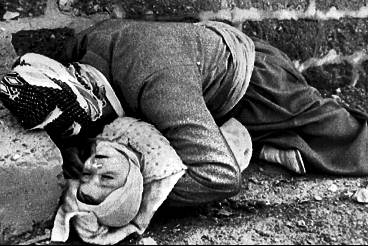
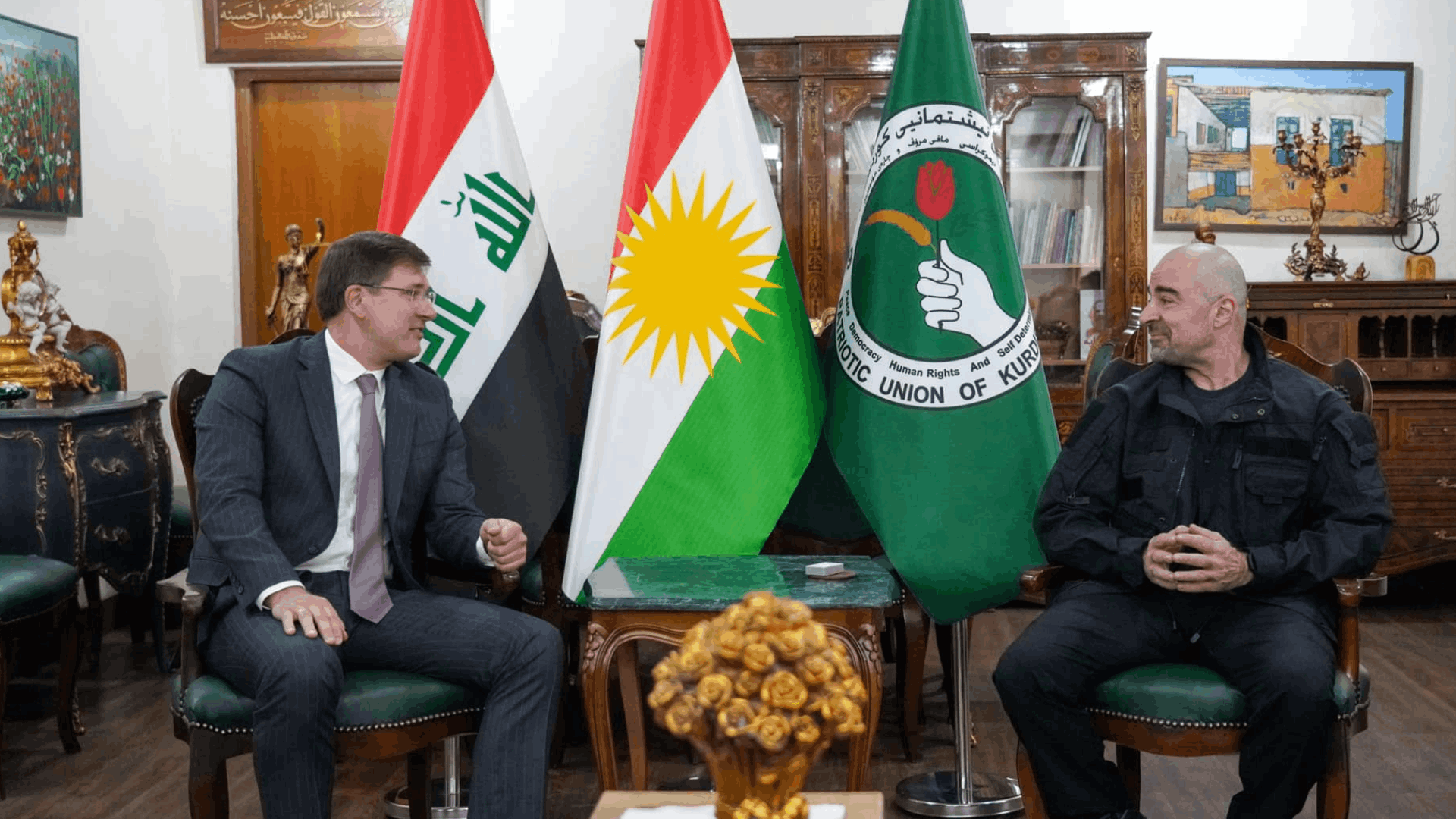
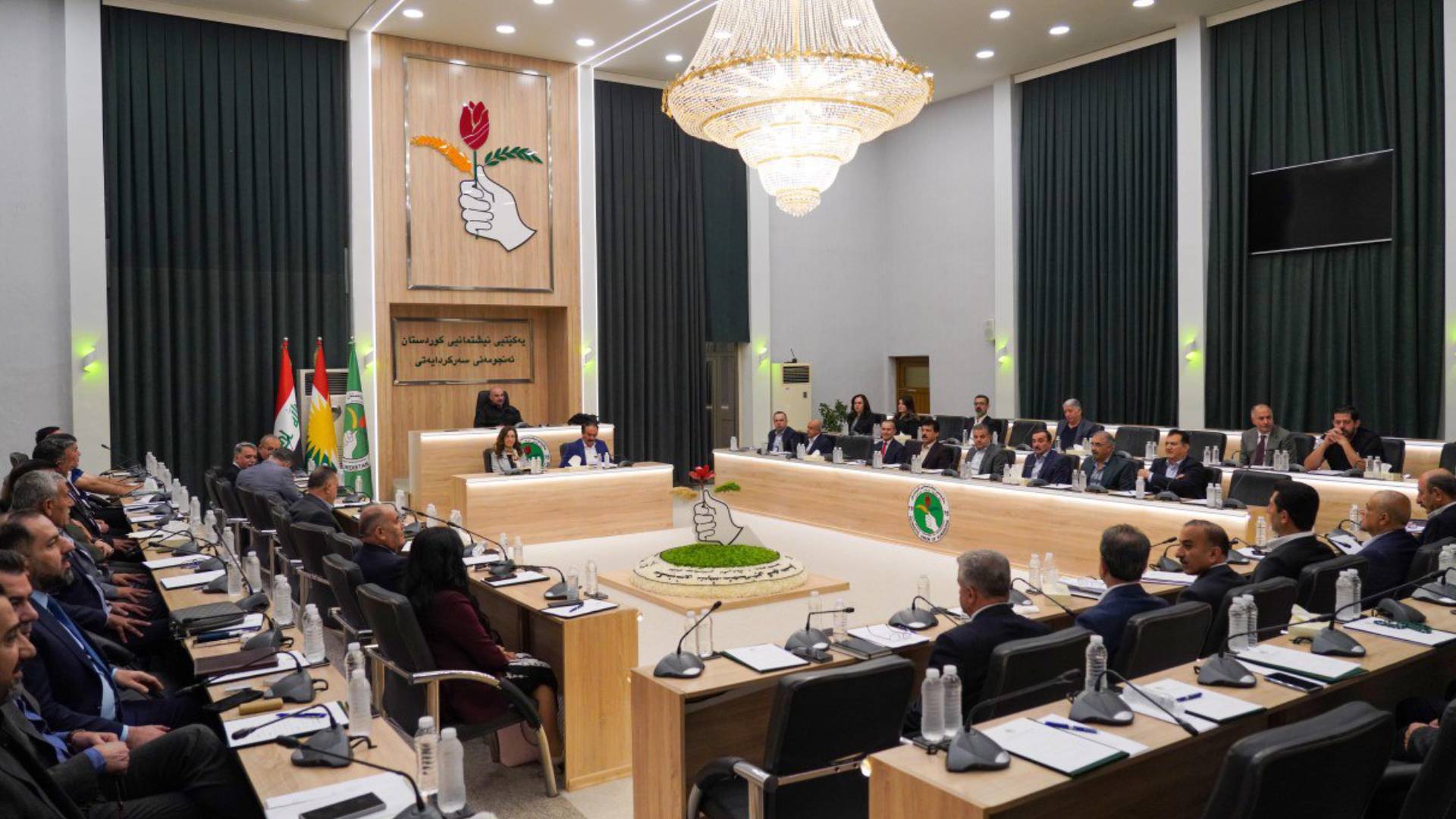
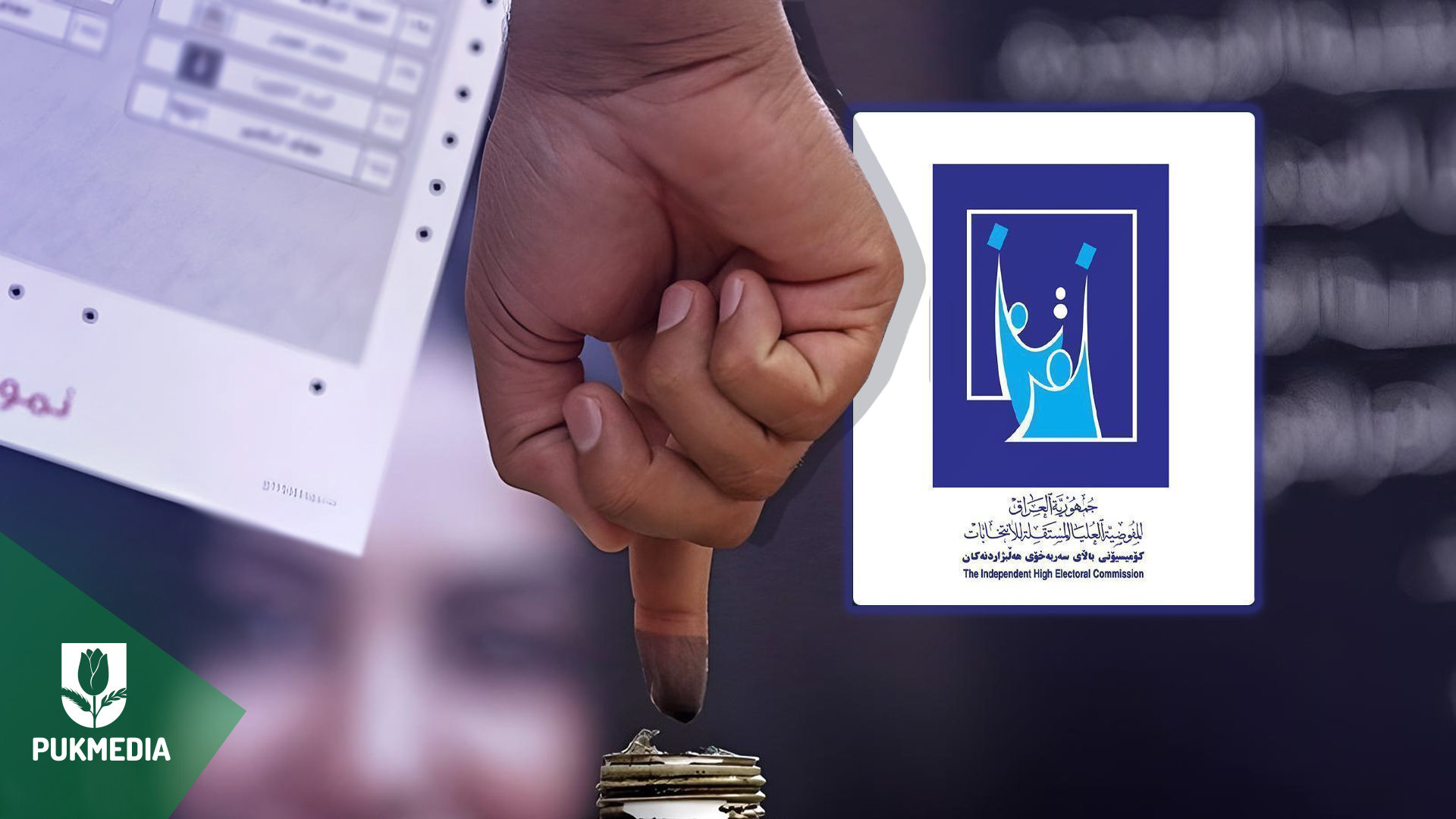
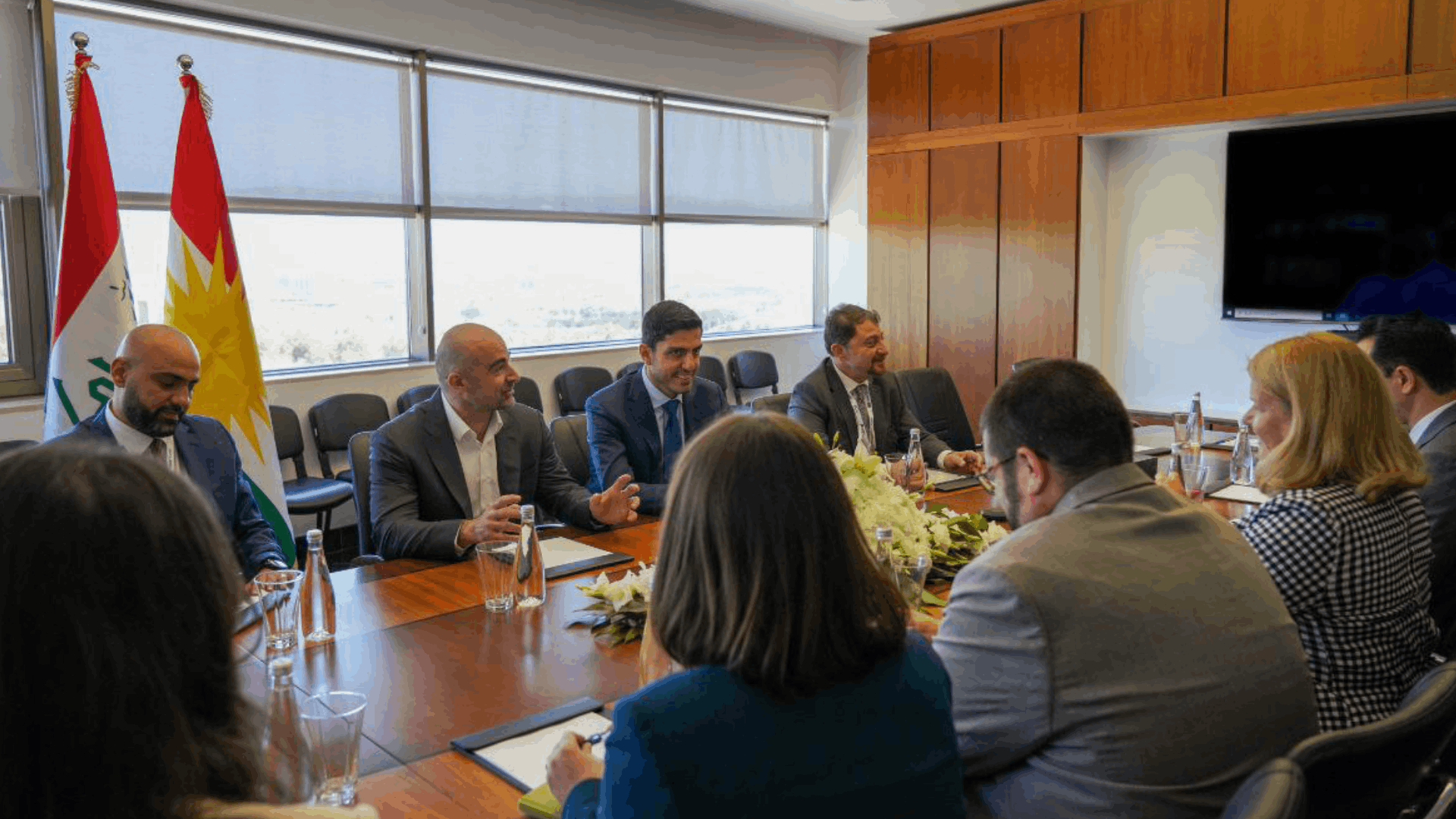
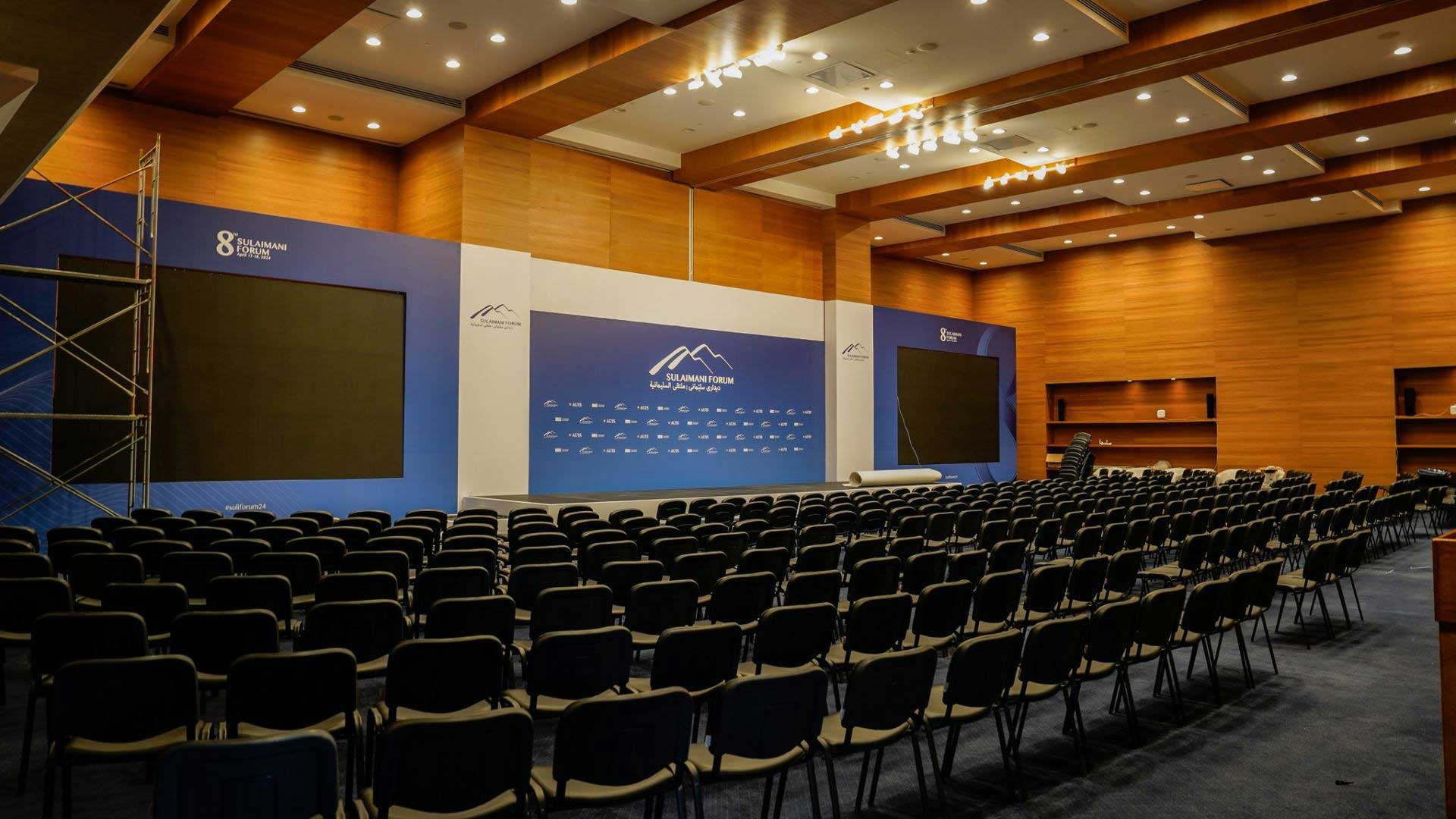
 Application
Application


